If you are a homesteader or just a do-it-yourselfer you are going to love this. Natural dyes!
I once dyed my curtains using turmeric. They turned out a beautiful golden yellow that complimented the room beautifully.
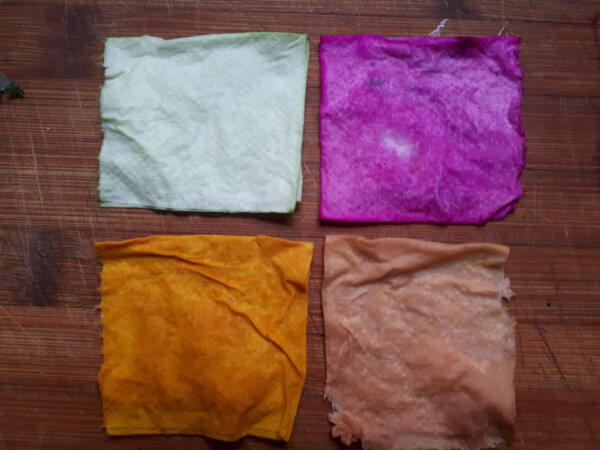
Natural dyes, dyes, or ants, as they are called, are derived from plants, invertebrates or minerals. Most natural dyes are made from vegetables or other plant sources like roots, berries, bark, nuts, leaves and even wood.
If you want your color to stay bright and adherent to the fabric, a couple of things need to happen.
How To Use Natural Dyes
Step 1: Clean Your Fabric
You will need to ensure that your fabric or yarn is clean. Silk and clean knitting yarns require only a gentle cleaning, where wool fleece and cotton need to be properly scoured.
Step 2: Create A Mordant Or Fixative
Natural dyes will not adhere to natural fibers without the use of a mordant or fixative. Initially, you get a beautiful result from the dying it, however, it will soon fade out or wash away if you don’t use one of these!
Dye fixatives or mordants are chemical substances used in the dying process causing the dye molecules to adhere to the fabric and remain that way even after you wash it.
https://www.instagram.com/p/xZhSwDTRVh/?tagged=alummordant
You will need to decide what kind of fixative to use. As a general guide, if you are using plants as a dye, you will need to add a vinegar fixative in a ratio of 4 cups water to 1 cup vinegar.
If you are using fruits as your dye, you will need to use a ratio of 8 cups of water to a ½ cup of salt for the dye to adhere properly.
Other fixatives to use are an alum, chrome, tin, tannins, baking soda and cream of tartar.
Step 3: Applying The Fixative
Bring a large pot of the fixative to a low boil. Place your fabric into the vinegar or salted water fixative and let it simmer on the stove top for about an hour. Remove your fabric, let the mixture cool and gently squeeze out excess water. Finally, while the fabric is still wet, place it into the dye bath.
Step 4: Create Your Dye
Now comes the fun part. Making the dye! Choose what you are aiming for. Chop up your plant bits or smash up the berries you want to use into small pieces to allow more to come out into the water.

Place all your chopped up material into a pot. Make sure to use a pot that is only used exclusively for dyeing purposes.
Fill the pot with water and bring it to a boil. Reduce the heat and let it simmer for about an hour. If you would like to achieve a stronger shade you can leave the material to soak overnight.
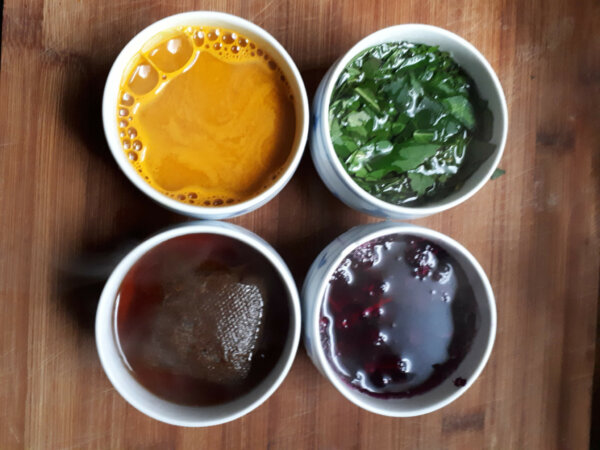
Strain out all the food/plant bits. Now you have your dye bath!
Step 5: Add Your Fabric To The Dye Bath
Once you have your fabric cleaned and simmered in your fixative, you are ready to add it to your dye bath. You want to ensure your fabric is still wet. Place your fabric into the dye bath and simmer until the desired color is reached. All dyed fabrics should be washed separately in cold water.
https://www.instagram.com/p/BTtnmcYFBZk/?tagged=naturaldyebath
When taking on this project it is best to wear rubber gloves to avoid staining your hands. It is also important to remember that some of the mordants can be toxic, so using a well-ventilated area is also recommended.
Some Colors And Plants To Try
Shades Of Orange
If you like the color orange as much as I do, try using carrot roots to dye your fabric. You might also consider trying yellow-skinned onions and a tin mordant to produce a bright orange.
If you are hoping for a more burnt orange use an alum mordant instead.
https://www.instagram.com/p/BWL7GvrhAvw/?tagged=alummordant
Lilac twigs create a yellow-orange color, while safflowers create a rust color. Do you have some turmeric in your spice cupboard? Using turmeric will produce an orange color, but if you choose to use a lye mordant, you’ll get red.
Shades Of Brown
How about some rich, earthy browns for your fabric? Try coffee grounds, dandelion roots or ground up acorns. If what you desire is something of a lighter brown, try birch bark or tea bags.
Shades Of Pink
Believe it or not, avocado skins and seeds will produce a light pink hue. You could also try cherries, red raspberries or strawberries for a pink hue.
Shades Of Blue And Purple
Blackberries create a strong purple hue, where blueberries and cherry roots create more of a blue-ish purple.
https://www.instagram.com/p/BaN1nzEl6wk/?tagged=alummordant
If you have some elderberries, use the fresh berries with alum and you will get violet. On the other hand, if you use tin as the mordant you’ll get more of a blue-ish gray. If you’re on the search for blue, try chrome as a mordant.
Shade Of Green
So how about green? You can get green from many things that are green, like grasses and chamomile leaves. But did you know that black-eyed Susans would create a bright olive-apple green?
https://www.instagram.com/p/BXakAbTg-EC/?tagged=alummordant
Want a celery green? Try hydrangea flowers with an alum mordant with some copper. If you have peppermint, not only will the dye smell great, but it will also create a dark khaki green.
Shades Of Yellow
Alfalfa seeds, bay leaves, burdock, celery leaves and daffodil all produce yellow colors. If you want a bold yellow, try dandelion with a tin mordant.
If you use alum instead of the tin, it will give you a softer yellow. Using marigold with a chrome mordant creates gold.
Now Go Experiment!
When choosing your materials, fresh plants are recommended for a brighter color, as dried plants will give you either muted colors or no color at all.
https://www.instagram.com/p/BaoifV3BSgf/?tagged=naturaldyes
Make sure to chop up, grind or smash your material into bits giving you more surface area to work with so you can get a more intense and effective dye.
Now get out there and start experimenting with all the colors nature has to offer!


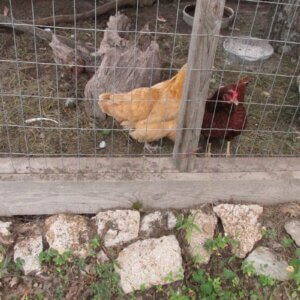
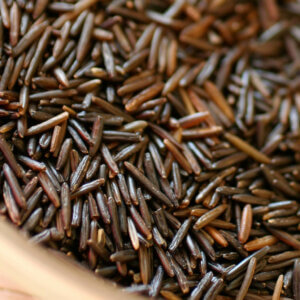

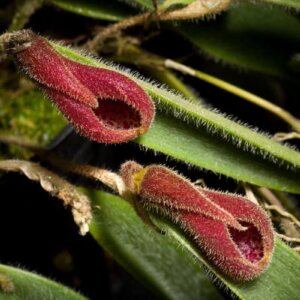
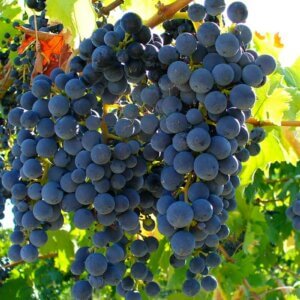

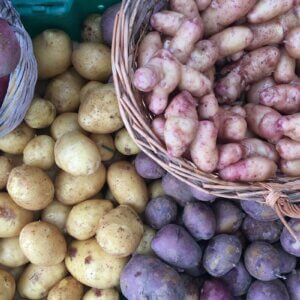
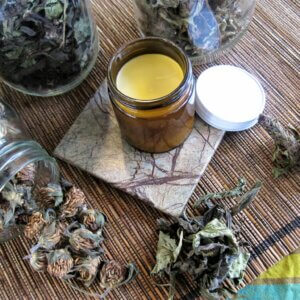
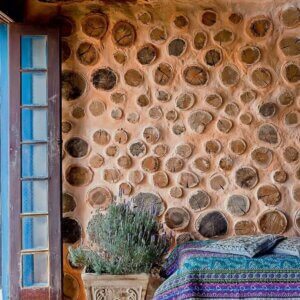
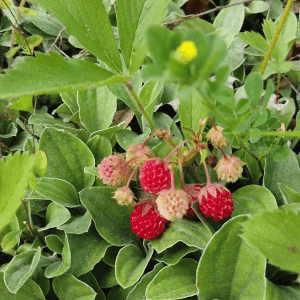
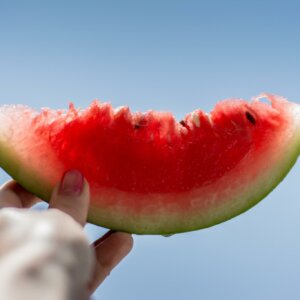


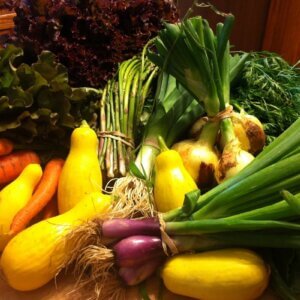



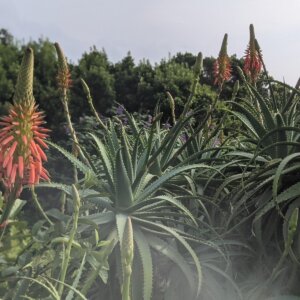


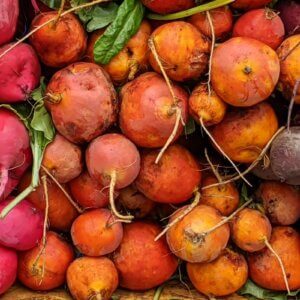
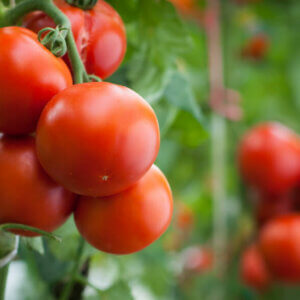
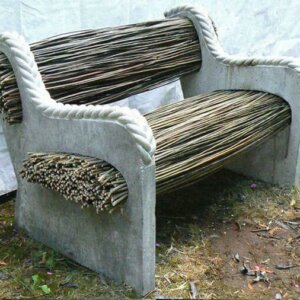

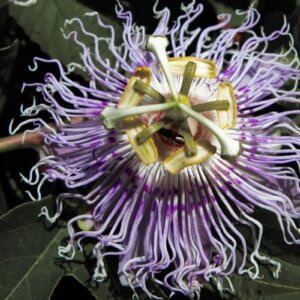
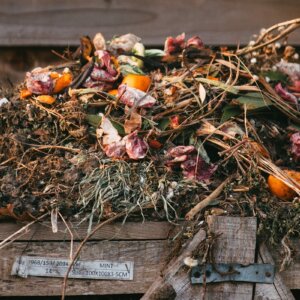
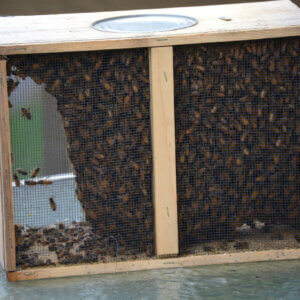

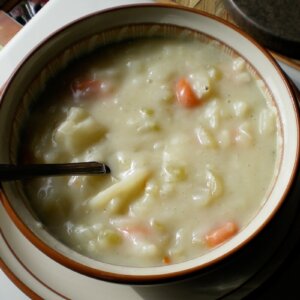
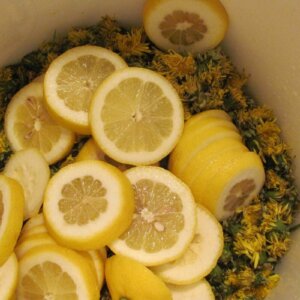


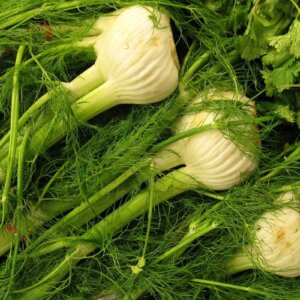


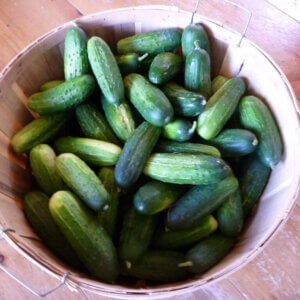




Do these homemade dyes have a shelf life?